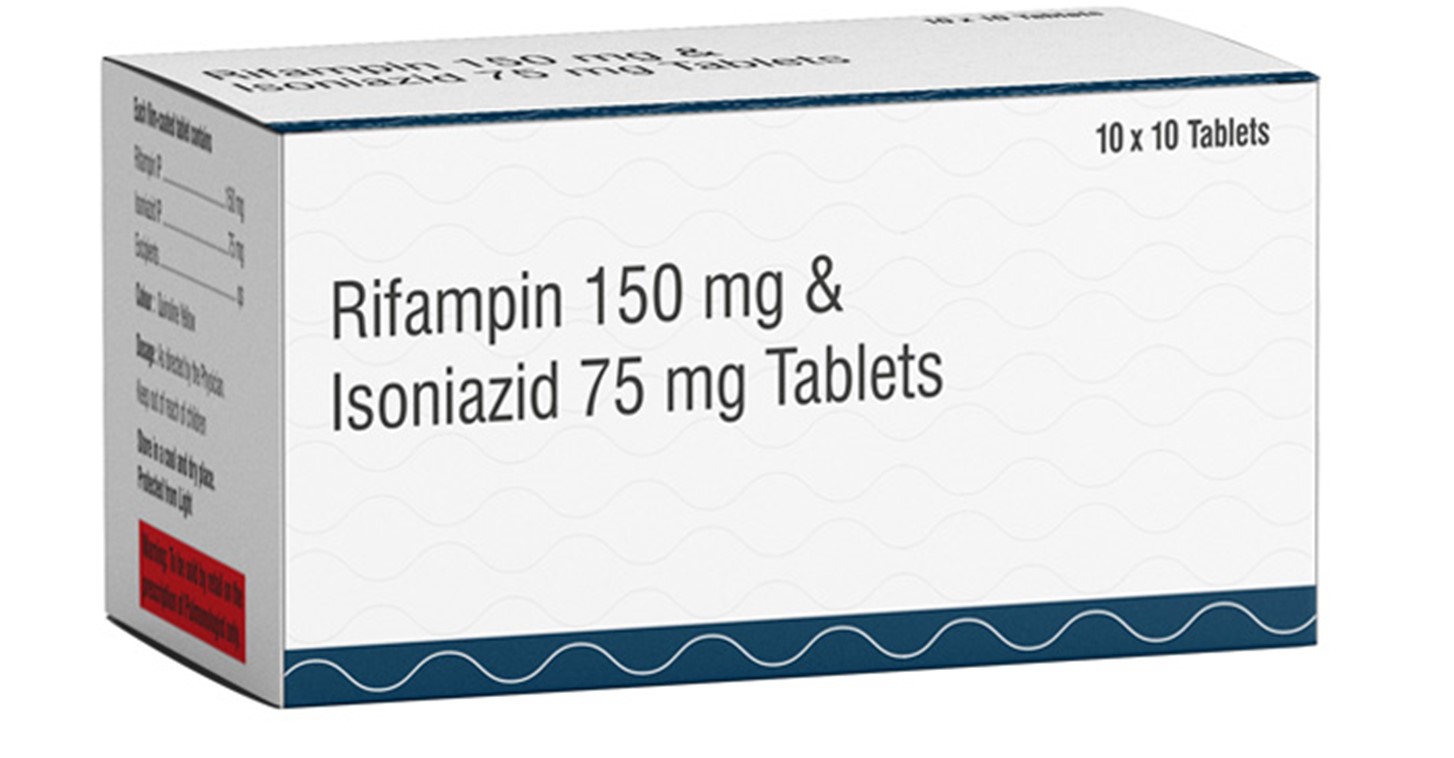An adult exposed to tuberculosis is scheduled to begin prophylactic treatment with isoniazid. Which information is most important for the nurse to note before administering the initial dose?
Conversion of the client's PPD test from negative to positive
History of intravenous drug abuse
Current diagnosis of hepatitis B
Length of time of the exposure to tuberculosis
The Correct Answer is C
Choice A: Conversion of the client's PPD test from negative to positive is not the most important information for the nurse to note, as this is an expected finding for a client who has been exposed to tuberculosis and does not affect the administration of isoniazid. This is a distractor choice.
Choice B: History of intravenous drug abuse is not the most important information for the nurse to note, as this is not directly related to the use of isoniazid and does not contraindicate its administration. This is another distractor choice.
Choice C: Current diagnosis of hepatitis B is the most important information for the nurse to note, as this can increase the risk of hepatotoxicity and liver damage from isoniazid, which requires close monitoring and possible dose adjustment. Therefore, this is the correct choice.
Choice D: Length of time of the exposure to tuberculosis is not the most important information for the nurse to note, as this does not influence the dosage or frequency of isoniazid and does not indicate any complication or adverse reaction. This is another distractor choice.

Nursing Test Bank
Naxlex Comprehensive Predictor Exams
Related Questions
Correct Answer is A
Explanation
Choice A: Moderate amount of foul-smelling lochia. This is the most indicative finding of a postpartum infection, as it suggests that the client has endometritis, which is an inflammation of the uterine lining. Endometritis is a common cause of maternal morbidity and mortality, and requires prompt antibiotic treatment.
Choice B: Blood pressure of 122/74 mm Hg. This is a normal blood pressure for a postpartum client, and does not indicate an infection. The reference range for blood pressure is 90/60 to 140/90 mm Hg.
Choice C: Oral temperature of 100.2°F (37.9°C.. This is a slightly elevated temperature for a postpartum client, but it does not necessarily indicate an infection. The reference range for oral temperature is 97.6 to 99.6°F (36.4 to 37.6°C.. A mild fever may occur in the first 24 hours after delivery due to dehydration or hormonal changes.
Choice D: White blood cell count of 19,000/mm³ (19 x 10⁹/L). This is a high white blood cell count for a postpartum client, but it does not indicate an infection. The reference range for white blood cell count is 5,000 to 10,000/mm³ (5 to 10 x 10⁹/L). A leukocytosis may occur in the first few days after delivery due to stress or tissue injury.
Correct Answer is C
Explanation
Choice A: Inspecting feet every month for ingrown nails, cuts, and calluses is not a statement that indicates understanding, as this is not frequent enough for a client with diabetes who may have impaired sensation and circulation in their feet. The recommended frequency is daily or at least weekly. This is an incorrect choice.
Choice B: Arranging diet schedule around three regular meals a day is not a statement that indicates understanding, as this may not be adequate for a client with diabetes who needs to balance their carbohydrate intake and blood glucose levels throughout the day. The recommended schedule is to have smaller and more frequent meals and snacks. This is another incorrect choice.
Choice C: Getting an eye examination with an ophthalmologist annually is a statement that indicates understanding, as this can help detect and prevent diabetic retinopathy, which can cause vision loss and blindness. Therefore, this is the correct choice.
Choice D: Using salt, herbs, and spices will improve the flavor of foods is not a statement that indicates understanding, as this may not be healthy for a client with diabetes who needs to limit their sodium intake and avoid potential interactions between herbs and medications. The recommended strategy is to use low-sodium seasonings and natural flavors. This is another incorrect choice.
Whether you are a student looking to ace your exams or a practicing nurse seeking to enhance your expertise , our nursing education contents will empower you with the confidence and competence to make a difference in the lives of patients and become a respected leader in the healthcare field.
Visit Naxlex, invest in your future and unlock endless possibilities with our unparalleled nursing education contents today
Report Wrong Answer on the Current Question
Do you disagree with the answer? If yes, what is your expected answer? Explain.
Kindly be descriptive with the issue you are facing.
